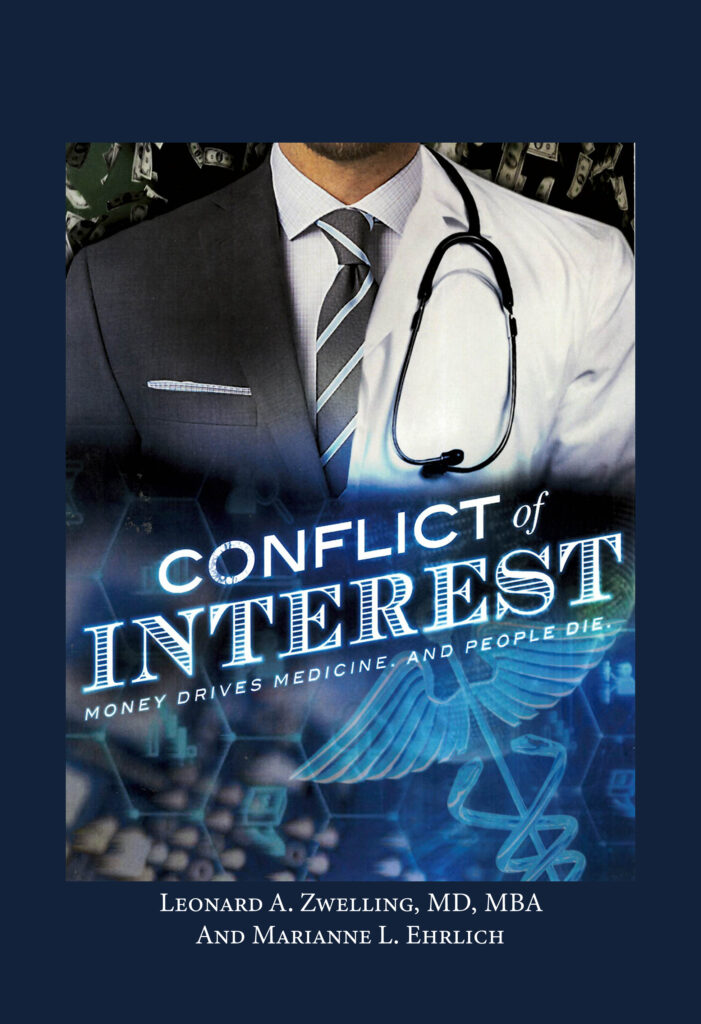Saving Me: The Reason I
Went To Medical School
By
Leonard Zwelling
Picture this.
On the 6th floor of the Durham VA Hospital in
July of 1975, next to the nursing station of the government issue brick
building, was a small room where the Duke interns and residents on internal medicine floor 6A did their paper
work. There were no computers. Blood and spinal fluid were carried from this
room to the analytical labs by those same interns and residents. No
hospitalists. No IV team. No transportation team.
Patients’ charts hung in rolling racks and were clamped together gatherings of loose paper
between two shiny metal pieces of cheap steel. Each page had to be stamped with
the patient’s name and VAH number.
Like most such workrooms on both sides of Erwin Road, Duke
on one, the VA on the other, the room on Ward 6A was a mess. Paper was
everywhere as were short, white house officer coats on the backs of steel
chairs, the spare stethoscope hanging from one pocket, a name tag over the upper
left chest, and scattered medical books and photocopied journal articles of all
sorts to be used to prove points on morning rounds.
The room on 6A had one unique feature—a sign on the ceiling.
There, written in black Magic Marker on white paper about 2
and half feet square taped to the ceiling with surgical adhesive bandages was
this message:
Pulmonary embolus/Subdural Hematoma
This was to remind interns of likely but oft-forgotten
diagnoses that they could be missing at 4 AM when they had leaned back on the
rear legs of one of the metal chairs to smack their confused heads with their
hands while looking heavenward for guidance on the cause of the symptoms of a
new admission. I have never forgotten that sign.
Flash forward to November 19, 2015 at 2:30 AM. I was trying
to sleep at St. Luke’s after my large hernia repair, but was still having
trouble with some mild shortness of breath keeping me up. I could not get
comfortable and was just edgy enough to be unable to doze off.
Hospital floors are 24/7 noise emitters so I thought I would
take an extra circle walk around the nurses’ station with my IV pole in tow. I
got halfway down the hall and turned around after having successfully circumnavigated the
floor solo 6 times before on the previous day. I was acutely short of breath
and demonstrably anxious. I somehow managed to return to my room and get my
nurse to help me into a chair. I felt like I had just run a marathon, not
walked 100 feet. My resting pO2, the saturation of oxygen in my blood, was 66%.
Normal is in the high ninety’s. At that moment I thought about the sign.
I settled down on inhaled oxygen getting my pO2 up to the
high 80’s. This is still far too low and very hard to attribute solely to the
pressing of my diaphragms into the bases of my lungs due to the surgery
returning my bowel from protruding in front of me to its normal locale in my
belly underneath those diaphragms.
Cutting to the chase, the CT scan done later that day showed
bilateral pulmonary emboli and I was started on heparin. All my doctors were
shocked. Why should I have emboli? I am not at all sure and they are still
looking at my legs and right heart, but I believe that when I stopped my
chronic anti-coagulant therapy (hey, it’s the one Arnold Palmer takes), and my
chronic aspirin, I rendered my blood more hyper-coagulable than is normal for
me and I formed some clots after surgery in my thighs or lower abdomen and they
chose to migrate through my right heart and wedge in some segments of my
pulmonary vasculature.
I should be fine following heparin and will have to be on
that oral drug that Kevin Nealon and Chris Bosch also take for the rest of my
life. The key word in the last sentence is life because I am still breathing.
People die from pulmonary emboli and for the second time, my own clinical
judgment about my favorite patient, me, saved me.
In 2002, an aberrant run of irregularly irregular cardiac
dysrhythmia led to the cath that discovered potentially lethal coronary disease
and my by-pass surgery. Both then and now, it was my index of suspicion that
led to the diagnostic test that saved my life.
There are two lessons here.
The first is for the doctors of the world. Listen to your
patients. If my cardiologist Dr. Chun Shin Sung (aka “Sung”), who was my
medical school roommate in 1970, was not a good listener, he wouldn’t have
cathed me in 2002 or ordered the scan this week. Thank you Dr. Sung.
The second thought is for the patients. I understand that
everyone cannot go to medical school to diagnosis their own potentially
catastrophic illnesses, but what Woody Allen said in Zelig is still true. Americans can grow up to be “great doctors and
great patients.” I used to be the former and am now the latter. As a nation, we
might consider teaching kids in elementary school how to be better patients and
consumers of health care.
I don’t suggest that we tape “Get mammograms and
colonoscopies/Stop smoking” on the ceilings of kindergarten classes. On the
other hand, maybe I am.
That sign saved me this week. A good sign. A great omen.




